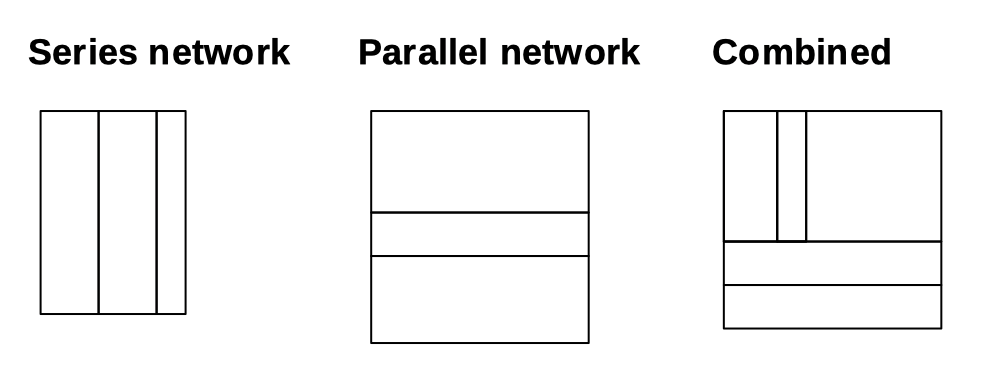OpenSCAD: things to remember
There’s lots of documentation and chat on the web about OpenSCAD.
This is good, but it also means some of the things I want to remember are scattered all over the place.
So here is a collection of some of useful reminders for OpenSCAD.1
Change ringing miscellany
This is a collection of notes on change ringing. Will be occasionally updated.
Change ringing: extensions to place notation
I’ve experimented with method design at various times and place notation is a very useful tool, but it’s lacking in some situations. Here’s a few ideas for some bolt-ons.
Million Point Sculptures: an exploration tool written in Metal
In which your hopeful protagonist describes Million Point Sculptures, and a highly interactive exploration tool written in Metal.
In the 1980s there was a wave of fascination with fractals and chaos in popular culture, and several books really caught the imagination of young me.
One was Chaos by James Gleick (un classique)1. Also there were some lovely books by Clifford Pickover, like Computers and the Imagination, containing curious things like Million Point Sculptures: intriguing generated art showing wispy smoke-clouds. They’re generated by some quite simple equations.
Swift Testing: an ergonomic combination helper
This helper is installable with SPM, see GitHub repo
I’ve been using the Swift Testing framework more. Despite my
previous grumble I do like the arguments: feature of the @Test macro and how much it can clean up tests:
@Test(arguments: [
(true, "bob", 38),
(false, "sue", 45)
])
func testUserPermissions(isBasketEmpty: Bool, username: String, age: Int) {
#expect( ... )
}
The ability to supply a list of parameter variants to test is very useful. I think it tends to result in more exhaustive tests because of ease of use.
But being able to easily whack in a list of argument variants soon reveals a slight annoyance. It’s not unusual to end up with a test like this:
Graphics & geometry: the orth function in 3D
The orth concept in 2D geometry and graphics is where, given some vector, we find a vector (line) that is at right angles to the original. We have a tiny bit of choice about how to do it – we can pick a vector to the left, or to the right – but it’s very simple (more
here).
The equivalent function in 3D is one of those odd little problems where you are given some freedom with the answer, and you don’t really care about that freedom – just pick something please! – but you’re made to care about it anyway and do what feels like too much thinking. Bah!1
Ohmaps: AC/DC walkabout (part 1)
I want to mention the concept of walkabout and then go for a meander with the ohmaps idea. The idea is to eventually look at if the ohmap extends from resistance (DC behaviour circuits) to impedence (AC circuits) in any useful way.
Let’s go walkabout
For quite a lot of years I would go walkabout and not really thinking about what that meant.
Walkabout is my expression for when I’m thinking about one thing and then I go off in some other interesting direction or I try to generalise something. The original ohmap idea is a good example: I was just sketching some trivial code for building image montages, and I later spotted the simple mapping to resistor networks.
Ohmaps: crossing the Wheatstone bridge
I introduced ohmaps in parts 1 and 2 and looked at some simpler examples.
We looked at parallel and series resistor networks (and combinations of those):

And I wrote this:
And not every resistor network can be shown as an ohmap – things outwith simple series/parallel nestings, like delta or Y networks.
It turns out I was a little hasty here. So how might ohmaps cope with more interesting networks?
Electronics: cap-fun PCB fabrication results
I used JLCPCB to fabricate my cap-fun circuit (see part 1). It was under $20 including delivery, for 75 copies of this small PCB (4 x 4 cm).
Electronics: KiCad PCB fabrication and the cap-fun project
I’ve been meaning to look into PCB fabrication forever, and it’s time, baby.
What would I make for my first small PCB? I settled on designing an educational demo board for capacitors. I call it cap-fun.
Capacitor demo boards are nothing new, but I’ve remixed things a little because the usual designs hide some nuances of capacitors that I think can be easily demonstrated.